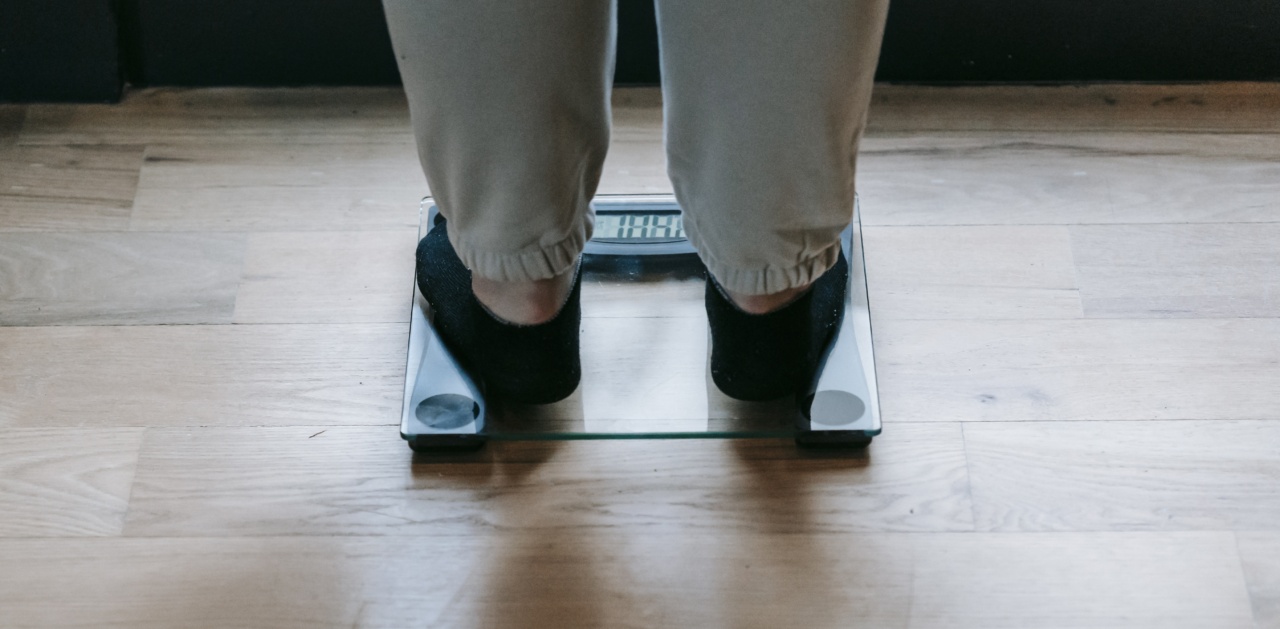As we age, our bodies go through various changes that can affect our overall mobility and dexterity. One common issue that many individuals in their 60s experience is a difficulty in grasping their feet.
This problem can be attributed to a combination of physical, cognitive, and lifestyle factors. In this article, we will explore some of the reasons why some folks in their 60s have a hard time grasping their feet and discuss potential solutions to improve their foot mobility.
1. Reduced Flexibility
One of the primary reasons why individuals in their 60s may struggle with grasping their feet is reduced flexibility. As we age, our joints naturally become stiffer, and our muscles and tendons lose some of their elasticity.
This can make it challenging to bend down and reach our feet comfortably. Moreover, conditions such as arthritis can exacerbate this issue, causing pain and further limiting foot mobility.
2. Loss of Balance
Another factor that can contribute to difficulties in grasping the feet is a loss of balance. With age, our sense of balance tends to decline, making it harder to maintain stability while performing tasks that require bending or reaching.
This decreased balance can lead to a fear of falling or injury, causing individuals to avoid bending down to grasp their feet altogether.
3. Reduced Strength
As we get older, our muscle mass naturally declines, resulting in reduced strength. This loss of strength can make it more challenging to support our body weight while bending down to reach our feet.
Additionally, weakened muscles in the lower back and legs can affect overall stability and make it difficult to maintain a comfortable position for foot grasping.
4. Cognitive Decline
Cognitive decline, including issues with memory and cognitive processing, can also contribute to difficulties in grasping the feet.
Remembering the steps involved in bending down, coordinating movements, and maintaining balance simultaneously can become increasingly challenging as cognitive function declines with age. This can make the task of grasping one’s feet feel overwhelming and potentially unsafe for some individuals.
5. Obesity
Being overweight or obese can significantly impact an individual’s ability to grasp their feet. Excess weight can create physical barriers, such as a larger abdomen or thicker thighs, that hinder easy access to the feet.
Furthermore, obesity is often associated with reduced flexibility, diminished balance, and decreased overall strength, all of which compound the difficulty of grasping the feet as we age.
6. Foot Pain and Conditions
Individuals in their 60s may also experience foot pain and various foot conditions that can make it harder to grasp their feet. Issues such as bunions, plantar fasciitis, or other musculoskeletal problems can cause discomfort and limit foot mobility.
Additionally, conditions like peripheral neuropathy, which commonly affects older adults, can lead to numbness or tingling sensations in the feet, further exacerbating the difficulty in grasping them.
7. Lack of Flexibility Exercises
A sedentary lifestyle lacking in regular flexibility exercises can contribute to difficulties in foot grasping.
Not engaging in activities that focus on maintaining or improving flexibility can lead to stiffness and reduced range of motion in various parts of the body, including the feet. Incorporating exercises specifically targeted at increasing flexibility can help mitigate the challenges associated with grasping the feet as we age.
8. Fear and Self-perception
Psychological factors, such as fear and self-perception, can also play a role in individuals having a hard time grasping their feet.
Fear of falling, embarrassment about limited mobility, or feeling self-conscious about one’s body can all impact a person’s willingness and ability to engage in foot-grasping activities. Addressing these psychological factors through counseling or support groups can help individuals overcome these barriers and improve their foot mobility.
9. Footwear Choices
Unsuitable footwear can contribute to difficulties in foot grasping, particularly if shoes are ill-fitting or lack proper support.
Wearing shoes with narrow toe boxes, high heels, or limited flexibility can restrict foot movements and make it harder to reach and grasp the feet. Opting for shoes with a wider toe box, good arch support, and flexibility can improve foot mobility and enhance the ability to grasp the feet.
10. Lack of Assistance
Finally, the lack of assistance or caregiving support can make it challenging for some individuals in their 60s to grasp their feet.
In cases where individuals have mobility or balance issues, having someone to assist or provide physical support can make the task more feasible and safe. Having a caregiver or seeking support from family members can significantly alleviate the difficulties faced in grasping the feet.
It is important to remember that while these challenges may be common, they are not insurmountable. Various strategies and interventions can help individuals in their 60s improve their foot grasping ability and overall foot mobility.
Seeking advice from healthcare professionals, participating in targeted exercises, wearing appropriate footwear, and addressing psychological barriers can all contribute to a better grasp on foot mobility in this age group. By maintaining or improving foot mobility, individuals can continue to care for their feet effectively and enhance their overall quality of life.































